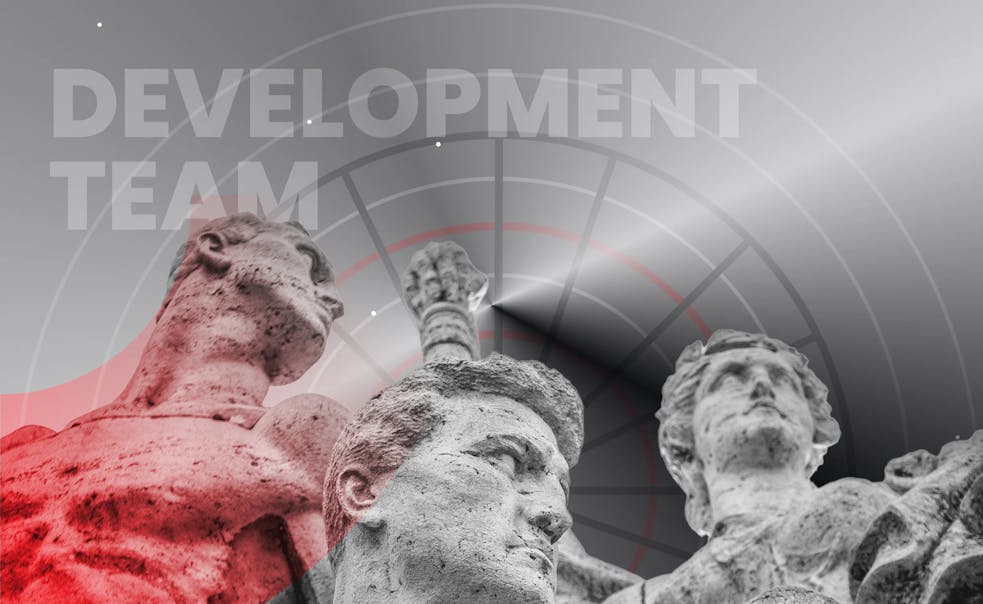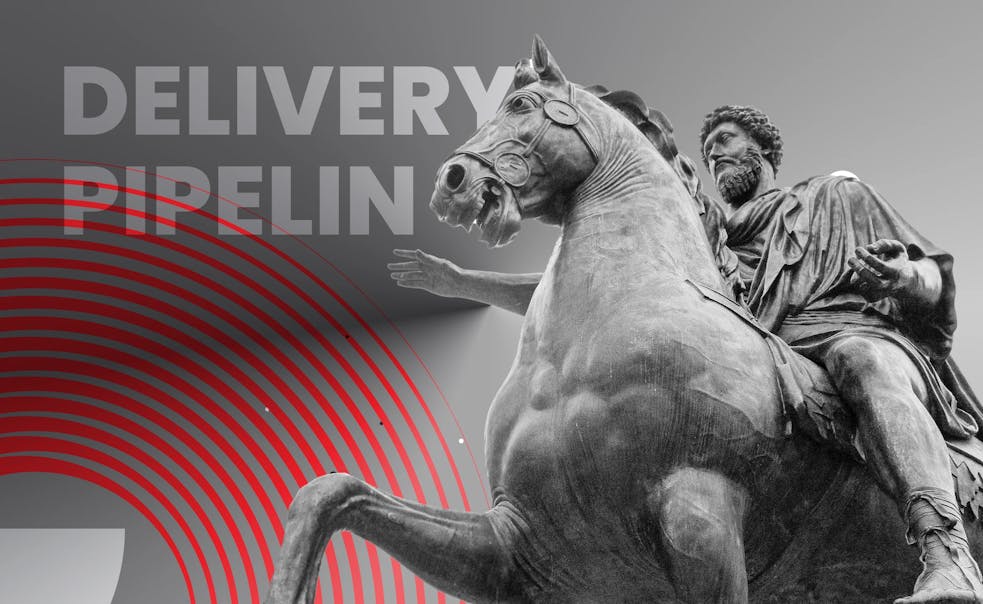Time management is essential to the productivity of a team as a whole and every individual team member. It is one of the main reasons why we track time.
Time tracking refers to how a business logs time for employees. It shows how much time an employee has spent on a task.
Normally, people believe that time tracking is used to compensate employees for the time spent. It is only one aspect of developer time tracking though. Time tracking is beneficial not only for developers. It helps project managers to manage software development teams. For clients, time tracking means a clear picture of what their funds are spent.
That’s why at Mad Devs, we are clear about time tracking as a means to manage software projects properly. We track time for whatever we do for work: communication, research, coding, or anything else is done to complete the task.
Benefits of time tracking for developers
The need to log time makes employees more focused on their tasks. When people know that they have to report on the number of hours they have spent, they try to be more productive. By looking back at their day, week, or month, developers see the trends in their work and will try to reduce the number of non-productive hours. By looking at the time spent on a specific task, employees learn to:
- Check whether the activity was useful for the completion of a specific task or project;
- Prioritize tasks correctly to spend more time on more relevant tasks;
- Think whether the time could have been spent more efficiently.
Time tracking helps developers to reflect and see whether some processes can be changed to work more efficiently. They can assess whether the tools used were proper ones, whether they need an upgrade, and whether other team members could be as efficient as needed. Time tracking allows specialists to discover what has caused delays and irritation and avoid these things in the future. It also adds the feeling that the day wasn’t wasted, technical specialists get that feeling of achievement that is needed to be motivated and enthusiastic about the work they are doing.
Benefits of time tracking for a project manager
Time tracking is not less important for a project manager. It helps to see the contribution of every team member and the progress of a team as a whole. It enables the manager to see how much time is spent on a project and access the budget.
Time tracking provides a clear picture of resource demand. It shows clearly what department needs more resources and who brings more value to the team. It might happen, for example, that one person does the biggest part of the job. It is a signal that something shall be changed, e.g. the workload or responsibilities shall be redistributed, and to demonstrate the appreciation to the specialist who manages the biggest workload.
Time tracking allows a manager to see who works overtime and check whether the developer needs assistance or whether it is needed to hire somebody to complete the team. If a specialist logs less time than needed, it might be an indicator that the person has some issues that shall be resolved. Thus, time tracking can be used efficiently as a diagnostic tool to track team health.
By keeping exact time tracking of every task, a project manager can estimate how much every task takes and consider it in quotes.
Time tracking allows a project manager to reduce time spent on administrative tasks while managing software development processes. It allows documenting each step made by every developer and providing detailed reports on the work done to the client.
Benefits of time tracking for clients
For a client, time tracking means complete transparency on the project progress. They can see clearly how much time was spent and what it was spent on.
In this case, time tracking serves as proof that a developer hasn’t wasted time but has worked on a specific task. It helps to build trust between the client and the team.
How do we track time?
At Mad Devs, we track time spent on all activities connected to a task. Whether it was a meeting, research of new technology, reading documentation - if it was needed to do the task, we log the time spent on it. Our specialists are encouraged to log time every two hours for more transparency.
In a worklog, we note what time was spent on a specific task and what the person was doing during that time. For example, a worklog that looks like this:
Worked on a button - 2 hours
At first, the task seemed easy, but it turned out that the page’s logic is quite complex and badly written. I had to go through dozens of files to find the information I needed.
Explains what the person was doing and what issues the developer has encountered.
A worklog can be of different length but it shall have a tangible result in it even though the task might be not completed. For example the worklog:
Created a feature in the cashier’s module allowing for discounts on a purchase higher than 10 items - 1.5 hours.
Overall the task turned out to be easier than initially expected. I have widened the BigBuyClass, where I added the necessary conditions. I’ve checked and committed the features during the staging process.
Sending it now to the guys in QA. The deployment must happen as soon as possible. The task must be in production by the holidays.
Explains what work was completed and which tasks are still pending.
Bottom line
Some companies still perceive time tracking as a way to impose more control over their employees. However, if used correctly, time tracking might become an efficient way to increase the productivity of every team member, provide a clear picture of the project progress, and get valuable information about how to bill every feature.






















